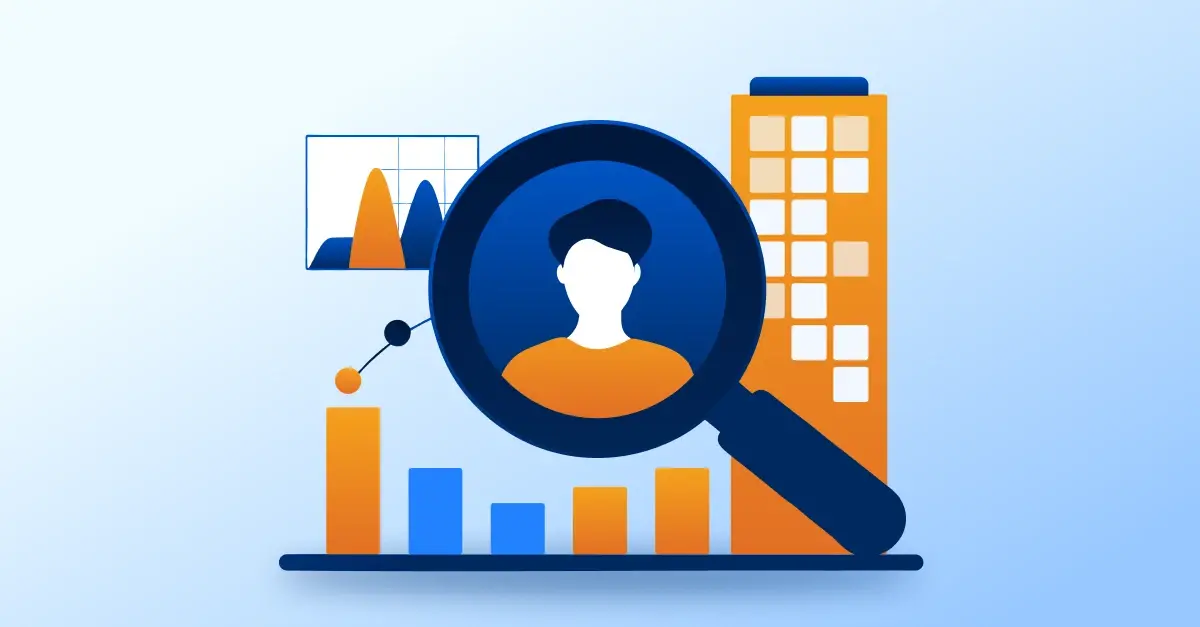1) Logistics route planning for a delivery service
A logistics company uses location intelligence data to map delivery points across urban and rural areas. By analyzing geospatial coordinates and building footprints, they optimize routes, reduce delivery times, and improve fuel efficiency.
2) Market positioning for a quick service restaurant
A fast-food chain leverages location intelligence data to map competitor locations and consumer foot traffic. This allows them to adjust menus, pricing, and promotional strategies to gain a competitive edge in specific regions.
3) Urban development planning for a local government
A local government uses location intelligence data to assess the distribution of public facilities like schools, hospitals, and parks. By identifying underserved areas, they can make informed decisions for infrastructure development and enhance resident access to essential services.
Location intelligence data involves utilizing geographic and spatial information to gain insights into patterns, behaviors, and trends associated with specific locations.
It helps businesses make informed decisions about where to operate, optimize routes, reach the right customers, and discover new opportunities for developing location-based software.
Data indicates that an increasing number of companies are utilizing this information to improve operations across various sectors, including retail, logistics, real estate, finance, marketing, and urban planning.
We provide high-quality location intelligence data to businesses across various industries, including retail, transportation, finance, healthcare, e-commerce, real estate and more.
Our advanced tools and powerful data solutions enable businesses to scale their operations and transform their ideas into impactful strategies, products and software.
.png?width=597&height=452&name=map_footprint%20(1).png)






